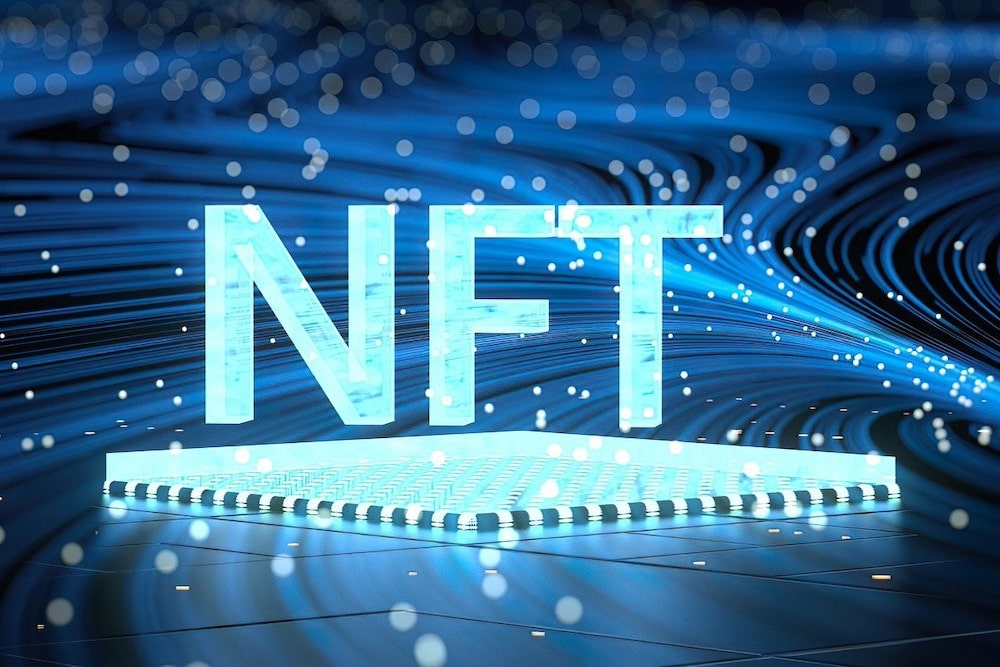BNB hits an all-time high above $700, firmly establishing it as the 4th largest cryptocurrency by market cap.
Binance Coin (BNB) recently soared to unprecedented heights, hitting an all-time high above $700. This remarkable surge, up by 12% in the last 24 hours and 17% over the past week, firmly establishes BNB as the 4th largest cryptocurrency by market capitalization.
Celebrating $BNB reaching a new all-time high! 🎉 pic.twitter.com/EHXXwaLqUm
— BNB Chain (@BNBCHAIN) June 5, 2024
The surge in BNB’s value can be attributed largely to the introduction of the Trading Volume Incentive Program by BNB Chain. By offering rewards, this program incentivizes trading on BNB Chain platforms, such as opBNB and BSC.
The result of the incentive program has been a notable increase in trading activity, with opBNB boasting over 3 million daily active users and BSC averaging 1.08 million daily active users this week. Moreover, the platforms’ low transaction fees, with opBNB’s median gas fee at $0.001 per transaction and BSC’s at $0.052, have further attracted users and developers alike.
Binance Launchpool Boosting BNB’s Price
Additionally, Binance Launchpool has played a significant role in driving up BNB’s value. The platform incentivizes users to hold and stake BNB to participate in new token offerings on Binance, the world’s leading crypto exchange. This mechanism creates demand for BNB and reinforces its utility within the Binance ecosystem. Notcoin, a token supported by Binance Launchpool, has seen remarkable growth, with its market capitalization reaching $2.2 billion and a 132% increase in value over the last seven days.
Furthermore, the BNB Chain’s effectiveness and scalability in hosting decentralized applications (DApps) and smart contracts have contributed to BNB’s success. With its growth surpassing 130% in the past year, the BNB Chain continues to attract developers and users alike.
In the past 24 hours alone, approximately $4.15 billion worth of BNB was traded, marking a 50% increase in trading volume from the previous day. This surge has propelled BNB’s market capitalization to $104 billion.
Meanwhile, the broader cryptocurrency market is experiencing a bullish trend, with Bitcoin rising by 2.85% and surpassing the $71,000 mark. This positive momentum in Bitcoin has had a spillover effect on altcoins, many of which are also trading in green.









